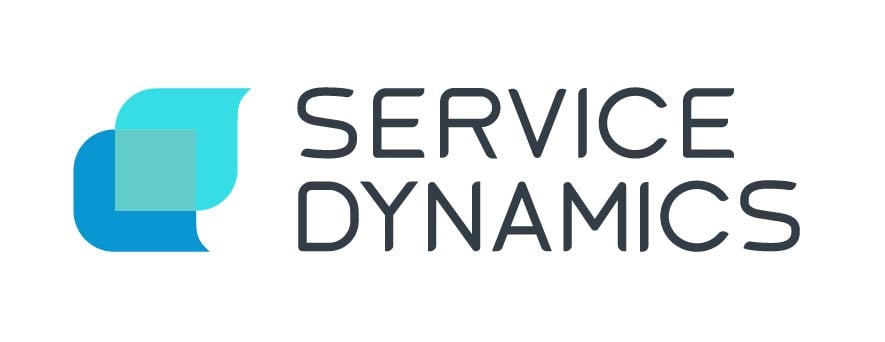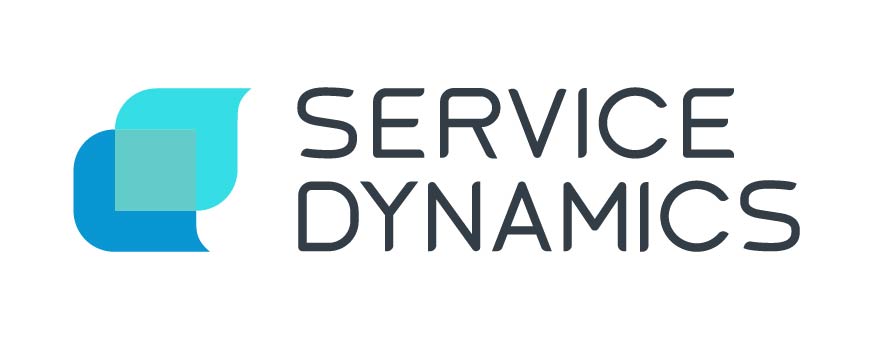The delivery and effective management of Enterprise IT service management (ITSM) is a critical aspect for the success of any large organisation. A well planned and well executed ITSM strategy allows companies to reduce costs and enhance overall customer satisfaction across all divisions. Here are six key elements of a successful ITSM strategy that your business or organisation needs to consider.
1. Define IT Service Management Objectives and Key Performance Indicators (KPIs)
The most important step in developing an effective ITSM strategy is to define objectives and the KPIs that sit under these objectives. This involves identifying the goals of your ITSM program and the metrics that you will use to measure its success. For example, you may want to improve the availability of your IT services, reduce the number of service incidents or increase the velocity of service delivery. KPIs should be specific, measurable and relevant to the goals of the ITSM program and reviewed on a regular basis to ensure that you are on track to achieving these overall objectives.
2. Service Catalogue Management
Service catalogue management involves defining and maintaining a comprehensive list of IT services that you are offering to the organisation. This list should include information about the service, its purpose, availability and related costs. Service catalogue management is vitally important because it helps to ensure that the IT services offered are aligned with business requirements. It also provides a clear understanding of the services that are available to customers, improving the quality-of-service delivery and increasing customer satisfaction.
3. IT Process Automation
IT process automation involves using technology to automate IT processes, such as incident management, problem management, and change management. IT process automation improves the efficiency of IT service delivery, reduces the time required to resolve service incidents, and improves the accuracy of information. Automating IT processes also reduces the risk of human error and improves the overall quality and speed of IT service delivery.
4. Service Level Management
Service level management involves defining and maintaining service level agreements (SLAs) between the IT department and the customers of the IT services. SLAs define the level of service that customers can expect to receive, including the availability of technical resources and expected response times of services.
5. IT Service Continuity Management
IT service continuity management is another essential component of any ITSM strategy. This involves developing and implementing business continuity plans (BCP) to ensure that IT services can continue to be delivered in the event of a natural disaster or other extreme circumstances. IT service continuity plans should be regularly tested, reviewed and updated to ensure that they are effective in the event that they are needed.
6. Continual Service Improvement (CSI)
Continual service improvement is a method to identify and execute opportunities to make IT processes and services better, and to objectively measure the effects of these efforts over time. The improvements typically enhance customer experience, boost service quality, lower costs and make processes more effective and efficient.
Summary
These six key areas form the foundation of successful IT Service Management. By executing these elements well - and continuously improving and monitoring performance against KPIs - organisations can develop a robust ITSM program and ensure that they are maximising the effectiveness and efficiency of their teams - and that they are putting their customers’ needs first.
Get in touch
If you need more in-depth strategies to improve your IT Service Management, contact us for a no obligation chat with an expert member of our team.



